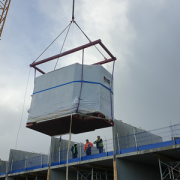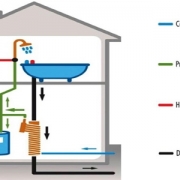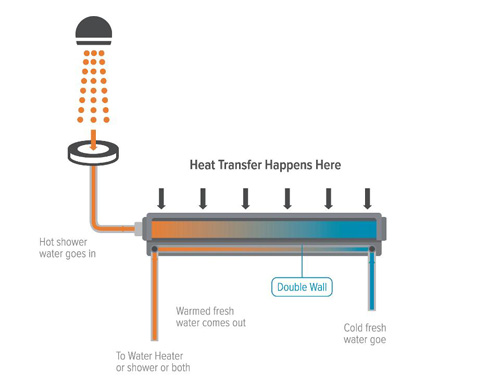The local council in Worthing, West Sussex, aims to be the first to bring modular homes built by a joint venture between Ikea and Skanska to the UK.
Worthing Borough Council said it was looking to enter an agreement with BoKlok to deliver up to 162 homes at Fulbeck Avenue in west Worthing.
As part of the deal, the Council would retain control of 30% of the units for social housing.
Analysis by the Council indicated that its West Durrington estate site could provide 45 homes using a traditional design approach with 13 classed as affordable. But BoKlok claims to be able to treble the number of homes on the site.
Error, group does not exist! Check your syntax! (ID: 6)The report also recommended that Worthing Borough Council agree to work in collaboration with BoKlok to develop a wider programme to deliver 500 new homes for Worthing residents.
After being backed by senior councillors, a steering group is set to be established to guide the proposal forward. The first homes could be occupied within two years.
Councillor Kevin Jenkins, Worthing Borough Council’s executive member for regeneration, said: “I very much welcome this innovative proposal from a ground-breaking international firm which could bring real benefits to hundreds of local families.”
“In this current market it’s extremely tough for local people who are in full-time work to get on the housing market. This proposal could change that, giving these hard-working individuals a genuine chance to buy their own home without having to move out of the town.”
“The fact these homes can be built quickly, to a high quality and meet top environmental standards makes this an extremely attractive proposition and I look forward to the Council working closely with BoKlok moving forward.”
A spokesman for BoKlok said: “BoKlok is a sustainable, low-cost housing concept, jointly owned by Skanska and IKEA AB. It currently operates in Sweden, Norway and Finland and is now exploring the UK market for potential sites for BoKlok developments, initially in the south and west of the country. However, we have nothing to confirm at this point in time.”
Source: Structural Timber









 systems under the efficient hot water equipment credits. DWHR systems are currently being installed in Passive Houses, where keeping energy to a minimum is a major factor.
systems under the efficient hot water equipment credits. DWHR systems are currently being installed in Passive Houses, where keeping energy to a minimum is a major factor.